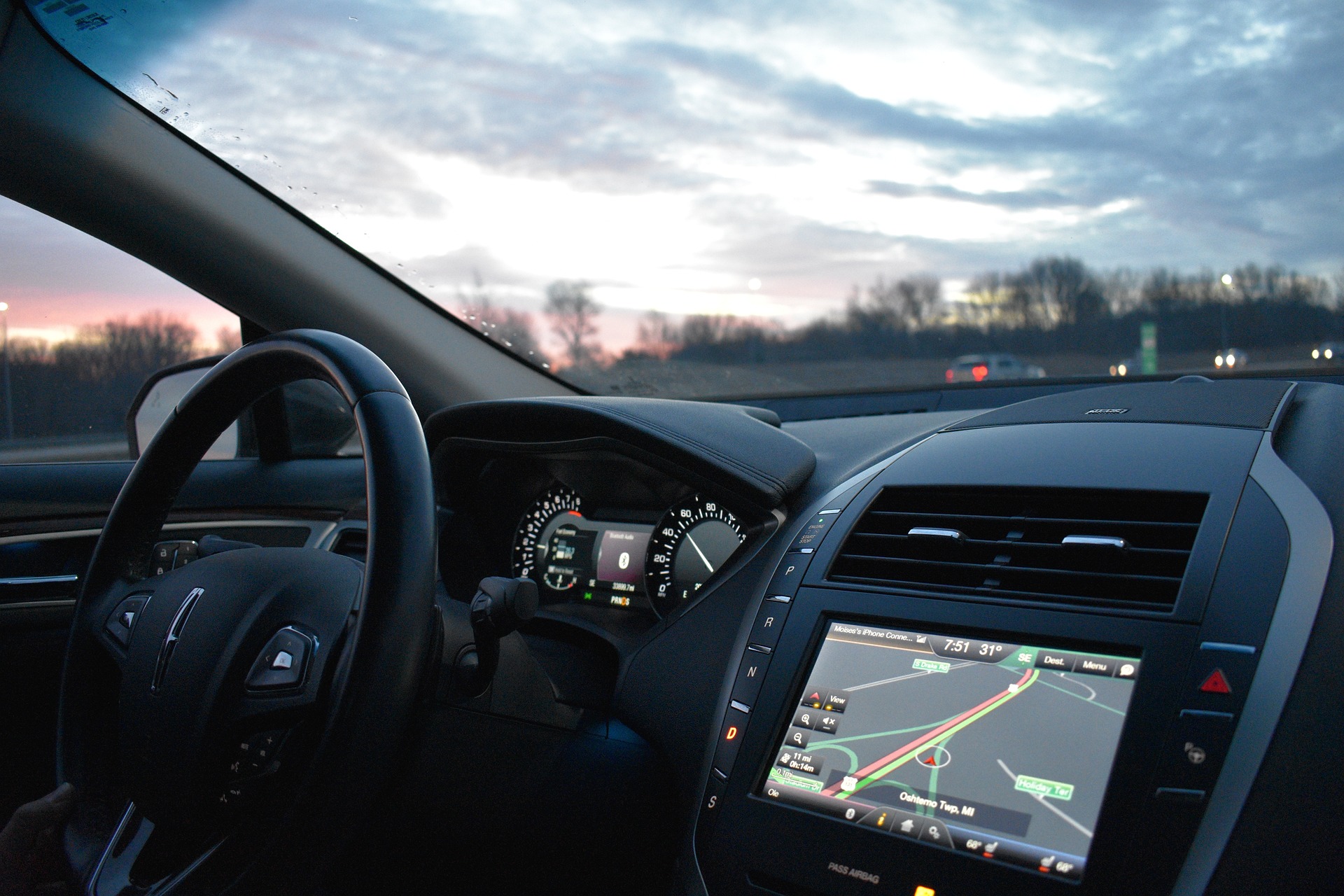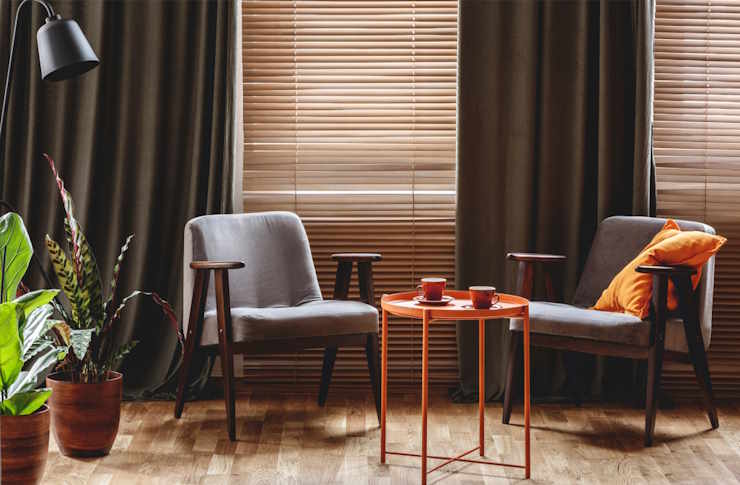From Sketch to Showroom: The Intricate Art of Automotive Design
Introduction: Imagine being the architect of a machine that will traverse continents and cities alike, carrying stories and experiences in its wake. Automotive design is just that - an intricate dance of creativity and engineering. This article delves into the captivating world of car design, navigating technological developments, industry trends, and the real-world implications of this often overlooked but vital aspect of the automotive industry.

Discovering the Art of Automotive Design
Automotive design is a complex process, combining elements of art, science, technology, and business. The history of car design dates back to the late 19th century, evolving from horse-drawn carriages to the sleek vehicles we see today. Key technological developments over the years have allowed for more creative freedom, with advancements in computer-aided design (CAD) and digital modeling transforming the design landscape.
The Evolution of Car Design: A Brief History
The early 20th century saw the birth of the first production car, the Ford Model T, which was designed for functionality rather than aesthetics. However, the post-war era brought about a shift towards more stylized designs, with cars like the 1957 Chevrolet Bel Air and the 1961 Jaguar E-Type becoming iconic symbols of their time. The advent of CAD in the late 20th century revolutionized car design, allowing for greater precision and flexibility.
Current Trends in Automotive Design
Today’s automotive design is characterized by a focus on aerodynamics, efficiency, and sustainability. Designers are also increasingly considering the user experience, with aspects like comfort, connectivity, and interior aesthetics playing a crucial role. Another notable trend is the move towards minimalist design, with clean lines and pared-down aesthetics becoming more prevalent.
The Impact of Automotive Design
The design of a car significantly impacts its performance, efficiency, safety, and appeal. A well-designed car not only looks good but also performs better, consumes less fuel, and provides a safer and more comfortable ride. On the business side, a car’s design can greatly influence its market success, making automotive design a critical aspect of the automotive industry.
The Future of Automotive Design
With the rise of electric and autonomous vehicles, the future of car design looks exciting. Designers will have more freedom to reimagine the car’s form and function, potentially leading to radical changes in car design. However, this also presents new challenges, such as designing for new technologies and changing consumer preferences.
In conclusion, automotive design is a complex and fascinating field, marrying form and function in a dance of creativity and engineering. As we look towards the future, it’s clear that the art of car design will continue to evolve, shaping the vehicles of tomorrow and the way we experience the ride.






